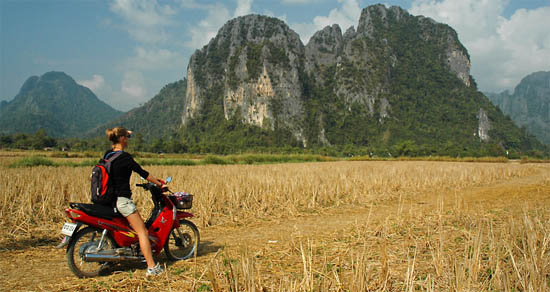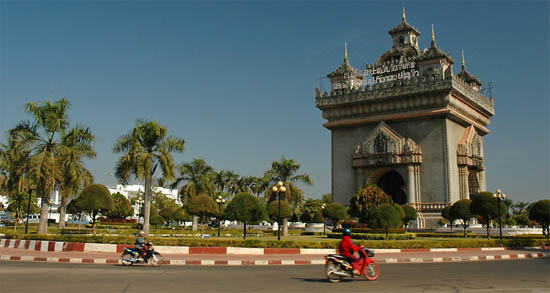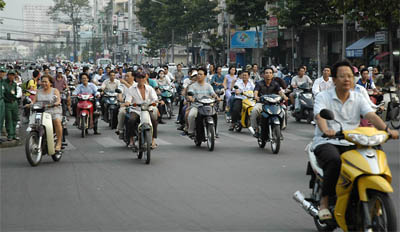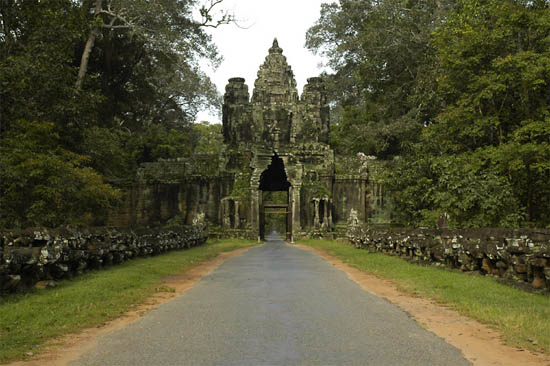Photo by Rhys Stacker
Motorbikes and freedom are synonymous. In films like Easy Rider and The Motorcycle Diaries, they’re not just two wheels taking the characters from point A to B, but vehicles propelling them on a journey of self-discovery.
Which is why they make such an attractive option for travelers. After all, independence, getting off the beaten track and self-discovery are much of why we’re traveling in the first place.
Motorbikes give you access to places that may not be on bus routes. They allow you to sidestep the chore of negotiating with tuk tuk drivers for every little trip.
You can take them far away from the usual tourist bus routes and therefore far away from the tourists. Best of all, there’s nothing quite like blatting down a deserted road with the wind in your hair.



